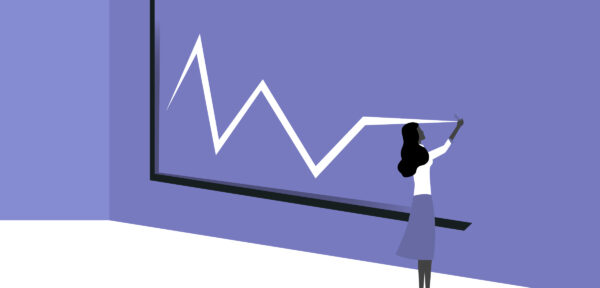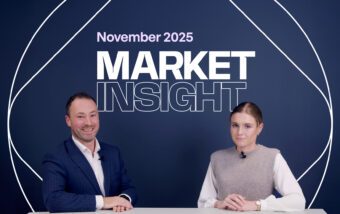
As economies open up, the impact of vast stimulus packages and pent-up demand are now fuelling debate over a potential rise in inflation which is dividing economists and posing a fine balancing act for central banks.
Pace of price growth
A surge in the pace of price growth on both sides of the Atlantic has revived economists’ concerns about the risk of overheating, piling pressure on policymakers to consider a faster withdrawal of their unprecedented pandemic-era stimulus policies.
US consumer prices rose by 5.4 per cent in June compared to the previous year. This signals the fastest growth in this indicator since 2008 and has spooked markets as it was a steeper rise than economists had predicted. Data published in the UK told a similar tale, as inflation hit 2.5 per cent – its highest level since 2018.
The US and UK are experiencing price rises in part thanks to the unlocking of their economies. Both economies are also experiencing price growth in sectors that have suffered supply chain bottlenecks. In the US the index of previously owned cars and trucks increased by 45.2 per cent compared to June last year. Energy prices are also on the rise.
With some economists believing inflation will top 4 per cent here in the UK the questions they are asking are whether these pockets of price increases are sufficiently contained to avoid spilling over into the wider economy in an unhealthy way.
Lessons from history
The big debate around price rises and inflation isn’t so much the speed, but whether this situation is likely to be transitory or something more sustained. If it is only transitory, it means that once the economy is fully reopened, global supply chains will adjust and price increases will moderate rather than continuing to rise.
When we think of sustained periods of inflation, many remember the persistent inflation increases of the 1970s when it ran rampant and rarely dipped below 4 per cent. Some economists have drawn comparisons with the present, but one of the starkest differences between then and now is related to the bargaining power of labour.
In the 1970s, unions played a much larger role, part of the reason that wage increases were not solitary events —nearly a quarter of the labour force belonged to a union at the time, compared to around 10% now. Uncertainty around the highly volatile inflationary backdrop led labour leaders to demand large wage adjustments, institutionalising the price rises that were seen in that decade.
I believe it’s uncommon to have an inflation spiral without a wage spiral – and there are still very few indications that a wage spiral is on the cards. Despite near-term increases in some minimum wage positions, the fundamentals don’t seem to support an ongoing increase in worker pay. If and when they occur, these wage boosts are one-off events affecting just a small fraction of the labour force. This hypothesis would suggest that the rise in inflation is most likely to be transitory.
Fine balancing act
Back in the present, if central banks underestimate the persistence of price growth and dismiss the evidence to date as short-lived, they risk having to raise interest rates much more abruptly later, in a bid to catch up.
Policymakers are on a real knife edge. If they act too quickly, they could jeopardise the recovery from the pandemic. If they wait too long they would need to act more aggressively later. It is a fine balancing act.
So far the US Federal Reserve and the Bank of England have stuck to their views that inflation will be transitory, although they have both indicated that policy might tighten earlier than previously thought if the data justifies it.
For now, the risk remains modest. However, one last note of caution to bear in mind is that all periods of high, sustained inflation appear temporary at first.








